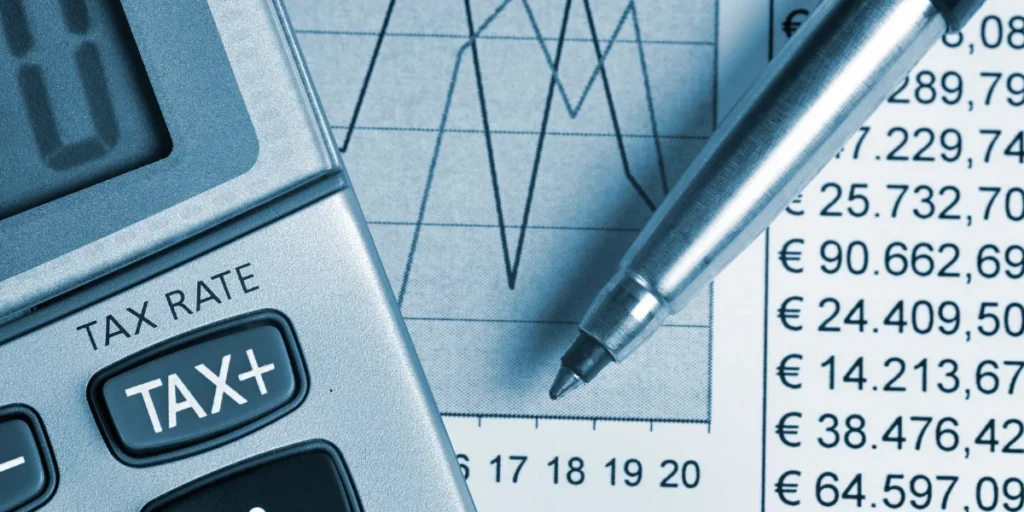Turning 60 opens the door to completely tax-free superannuation withdrawal rules in Australia. The rules offer remarkable flexibility for those wondering how much super can I withdraw after 60, allowing access to some or all of their retirement savings.
However, specific conditions still apply. While individuals aged 60-64 can access their super if they’ve permanently stopped working or left an employer, they may be limited to a Transition to Retirement Income Stream with a maximum 10% annual withdrawal. Additionally, those who haven’t retired can access their full super benefits through specific pathways.
Understanding these loopholes to access super is crucial for maximising retirement benefits. This guide breaks down the essential superannuation withdrawal rules and limits, access requirements, and strategic options for Australians asking the question of ‘Can I take money out of my super’.
Understanding Super Access Rules After 60

The preservation age forms the foundation of superannuation access rules in Australia. For anyone born after July 1964, this age is set at 60.
Superannuation legislation recognises multiple pathways to access your retirement savings once you reach 60. These pathways, known as “conditions of release,” determine how much super can I withdraw after 60.
Australian superannuation access rules after 60 follow these key pathways:
- Turning 60 and leaving employment: When you reach 60 and end an employment arrangement, you gain immediate access to all super accumulated up to that point. Notably, this applies regardless of whether you start another job afterwards—the funds accumulated remain accessible.
- Permanent retirement after 60: You can access all your superannuation if you’ve reached 60 and are permanently retired (with no intention of becoming gainfully employed for 10+ hours weekly).
- Reaching age 65: Upon turning 65, you gain full access to your superannuation regardless of your employment status. This represents the most straightforward condition of release, with no restrictions on whether funds are taken as lump sums or income streams.
- Transition to Retirement: For those not ready to stop working, a Transition to Retirement Income Stream (TRIS) allows partial access to super while continuing employment.
The superannuation definition of retirement differs from its ordinary meaning. After 60, you meet this definition by either permanently leaving the workforce with no intention of returning or by simply ending an employment arrangement after your 60th birthday—even if you plan to work elsewhere.
Furthermore, once super becomes unrestricted and non-preserved through meeting a condition of release, it remains accessible regardless of future employment. Nevertheless, any new contributions or earnings (except those in a retirement phase pension) will remain preserved until another condition of release is met.
Withdrawal Limits and Options After 60

Can I take money out of my super?
Once eligible to access superannuation, Australians decide how much to withdraw and in what form. For those seeking maximum flexibility, two primary withdrawal methods exist.
Lump sum withdrawals provide complete access to funds. Individuals aged 60 or overpay no tax when withdrawing from taxed super funds. This option lets recipients clear debts, invest outside super, or fund significant purchases. Contrary to common misconception, a lump sum doesn’t require withdrawing the entire balance—multiple partial withdrawals remain possible.
Account-based pensions offer regular, flexible income streams that last as long as the super balance exists. These pension payments must adhere to government-mandated minimum withdrawal rates based on age:
Under 65:
- 4% of account balance annually
- 65-74: 5%
- 75-79: 6%
- 80-84: 7%
- 85-89: 9%
- 90-94: 11%
- 95+: 14%
For those aged 60-64 who are still working, the Transition to Retirement Income Stream (TRIS) provides limited access to super while continuing employment. TRIS arrangements allow annual withdrawals between 4% and 10% of the pension balance. Upon reaching 65 or retiring, a TRIS automatically converts to a regular account-based pension with no maximum withdrawal limit.
Superannuation withdrawal decisions carry significant implications. Funds withdrawn from super lose their concessionally taxed status, potentially affecting Age Pension eligibility. Furthermore, withdrawals after 60 are generally tax-free, but this applies only to taxed super funds—untaxed funds (typically public sector schemes) may still incur tax obligations.
Consequently, many retirees adopt a balanced approach—taking partial lump sums for immediate needs while maintaining an account-based pension for ongoing income. This strategy allows access to funds for planned expenses like home renovations or medical costs while ensuring regular income throughout retirement.
Tax Implications of Super Withdrawals
The tax advantages of superannuation become particularly significant after age 60 when most Australians enjoy substantial tax concessions on their retirement savings. Understanding these implications helps maximise withdrawal benefits.
For individuals aged 60 or older, super withdrawals from taxed funds (which most super funds) become entirely tax-free. Whether you choose to take your super as a lump payment, an income stream, or a combination of the two, this holds true. If super benefits from a taxed source constitute your only income, you won’t need to lodge a tax return at all.
Super benefits typically comprise two distinct components:
- Tax-free component: Includes after-tax contributions and government co-contributions
- Taxable component: Consists of employer contributions, salary-sacrificed amounts, and contributions where tax deductions were claimed

Different rules apply for those still working between the preservation age and 60. Lump sum withdrawals up to the low-rate threshold (currently AUD 359,312.70 for 2023-24) incur no tax. This represents a lifetime limit that doesn’t include the tax-free portion of your super. Any amount exceeding this threshold attracts a 15% tax plus Medicare levy.
Importantly, from 1 July 2024, all superannuation lump sum payments from taxed funds will be tax-free for those over 60.
Investment earnings in retirement phase income streams remain tax-free, except in transition-to-retirement pensions, where earnings attract 15% tax until retirement or age 65. Once withdrawn from super, your money loses its concessional tax treatment—any subsequent investment earnings outside super may need to be declared on your tax return.
Although most Australians belong to taxed super funds, members of untaxed funds (typically public sector schemes) may still face tax obligations on withdrawals after 60. Similarly, those receiving capped defined benefit income streams might need to include certain components in their assessable income.
You should still get financial advice from your super fund or a certified adviser if necessary before making any withdrawal choices.
Conclusion – How Much Super Can I Withdraw After 60?
Superannuation withdrawals after age 60 offer significant financial advantages through tax-free benefits and flexible access options. Understanding these superannuation withdrawal rules and loopholes to access super helps Australians make strategic decisions about their retirement savings.
Above all, the choice between lump sum withdrawals and account-based pensions depends on individual circumstances, retirement goals, and ongoing income needs. Many retirees benefit from combining both options, taking partial lump sums for immediate expenses while maintaining regular pension payments for steady income.
The tax-free status of withdrawals after 60 makes this period particularly advantageous for accessing super benefits. Therefore, careful planning around timing and withdrawal amounts becomes essential. This includes considering factors such as Age Pension eligibility and future investment earnings outside the super environment.
Smart retirement planning requires understanding these various aspects of superannuation access, withdrawal limits, and tax implications. Through proper management of super benefits, retirees can establish a secure financial foundation for their retirement years.
How much super can I withdraw after 60?
After turning 60, you can generally access your entire superannuation balance tax-free if you’ve met a condition of release, such as retiring or leaving an employer. However, specific rules may apply if you’re still working or using a Transition to Retirement Income Stream.
Can I access my superannuation at 60 to pay off my mortgage?
Yes, provided you’ve fulfilled a condition of release, like retiring or quitting your job, you can use your superannuation at age 60 to settle your mortgage. Remember that withdrawing a large sum may impact your long-term retirement income, so it’s advisable to seek financial advice before making this decision.
What are the minimum withdrawal requirements for an account-based pension after 60?
The minimum annual withdrawal rates for an account-based pension depend on your age. For those aged 60-64, it’s 4% of your account balance. This increases to 5% for ages 65-74 and continues to rise with age. There’s no maximum withdrawal limit for standard account-based pensions.
Are superannuation withdrawals after 60 completely tax-free?
In most cases, superannuation withdrawals after 60 are tax-free if taken from a taxed super fund, which includes most Australian super funds. This applies to both lump sum withdrawals and regular pension payments. However, withdrawals from untaxed funds (typically public sector schemes) may still incur some tax.
Q4. Are superannuation withdrawals after 60 completely tax-free? In most cases, superannuation withdrawals after 60 are tax-free if taken from a taxed super fund, which includes most Australian super funds. This applies to both lump sum withdrawals and regular pension payments. However, withdrawals from untaxed funds (typically public sector schemes) may still incur some tax.






